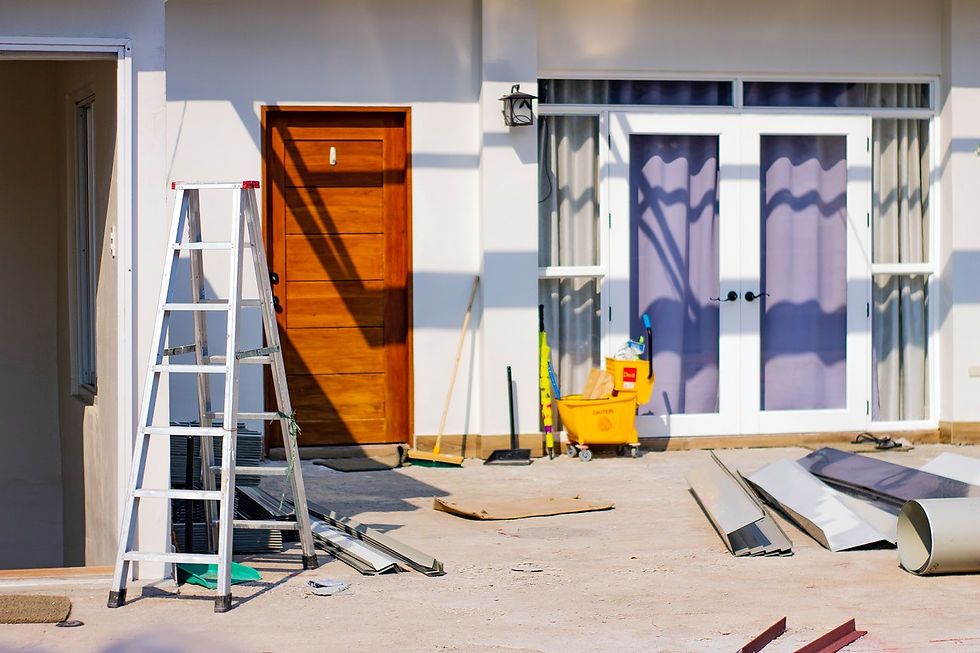WHAT IS THE DIFFERENCE BETWEEN "Traditional" AND "ECO-FRIENDLY" HOME REMODELING?
- Sienna Adams
- Jan 10, 2022
- 2 min read

Eco-friendly. Sustainable. The self-explanatory "Green."
These phrases are practically impossible to avoid these days. The majority of people are concerned about the state of our environment, global climate change, and the preservation of our world for future generations. This worry has spurred a surge in green marketing. "Green" coffee, "sustainable" clothing, and, yes, "eco-friendly" house remodeling is all available.
But what qualifies eco-friendly house remodeling as eco-friendly?
There are several differences between environmentally friendly renovation and construction and standard remodeling and construction. Knowing what these tactics are will assist you in distinguishing between remodelers who are ecologically friendly and those that are simply using green as a marketing phrase.
Not Remodeling at All
Not remodeling at all is one of the greenest and most sustainable eco-friendly home remodeling options. Large, lengthy remodels generate a lot of waste and use a lot of energy (consider how much gas your contractor's truck uses traveling to and from a job site every day). As a result, one of the most sustainable and eco-friendly houses remodeling techniques is to not remodel at all.
Make do with the kitchen or bathroom you already have by making little changes. Changing out the rugs and towels in your bathroom can give it a new look without requiring a major remodel. Changing up the hardware (such as knobs and hinges) on your kitchen cabinets can give it a new look without having to dismantle and rebuild the entire kitchen.
Using Non-Toxic, Low or No VOC Paints
A new coat of paint is a regular component of a remodel or new building. Traditional home paint, on the other hand, can be harmful and frequently contains VOCs.
What exactly are VOCs? Volatile Organic Compounds (VOC) is an abbreviation for Volatile Organic Compounds. Acetone, benzene, and formaldehyde are examples of VOCs. VOCs typically emit scents. Short-term VOC exposure can cause coughing, sneezing, sore throat, and a variety of upper respiratory problems. Cancer and liver damage can occur as a result of long-term exposure.
While it is impossible to eradicate VOCs in everyday life, you can reduce your exposure to VOCs. Using low or no VOC paints is one of the most effective strategies to reduce VOCs.
Non-toxic, low VOC paint is both healthy for the environment and you. One of the fundamental differences between sustainable and regular house remodels is the use of non-toxic paints and stains.
Recycled Construction Materials
Recycled construction materials are widely employed in the construction sector. They are widely utilized to keep prices down for contractors and customers. Concrete, for example, is constantly recycled into aggregate to keep the cost of concrete low.
However, recycled construction materials can also help make a remodeling job more environmentally friendly. Many types of flooring, for example, are manufactured from composited materials derived from scrap wood that would otherwise end up in a landfill.
These are some of the approaches used in eco-friendly home renovations and if would you like to learn more about Eco-Friendly and Green Home Remodeling? talk to Fix Hold and Flip, the firm for Home Remodeling in Plano TX.









Comments